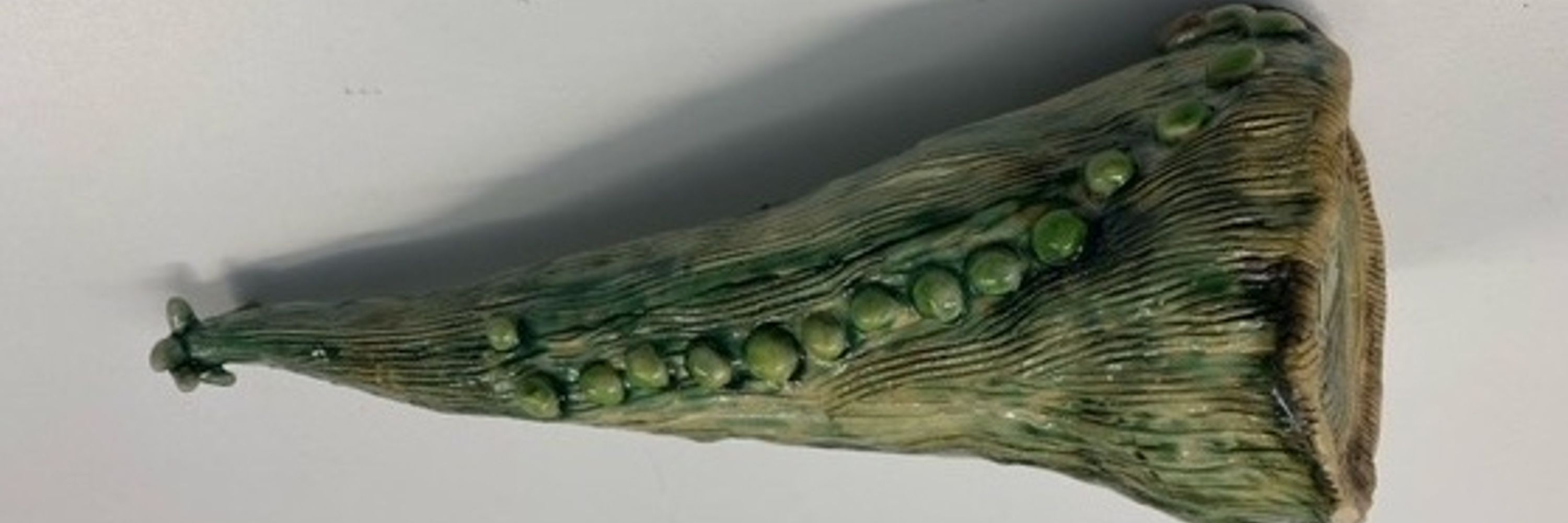
for example I keep thinking that integral kernels seem to relate to mappings and so maybe to homomorphism kernels?
for example I keep thinking that integral kernels seem to relate to mappings and so maybe to homomorphism kernels?


pubmed.ncbi.nlm.nih.gov/17451555/

pubmed.ncbi.nlm.nih.gov/17451555/


